
Kingdom: Animalia - A Zoology Podcast for Kids
This is a for-kids-(and adults)-by-kids-(and chickadees) animal podcast. In every regular episode, your host, Devon, and podcast-overthrowal-plotting chickadee co-hosts, Chet and Cap, will dive into all the facts about one species of animal with jokes, fun facts, and quizzes along the way. Every third-ish episode is our game show, Animalia Fake!, in which there are three rounds with four outrageous animal facts; one of those facts is so outrageous it’s an Animalia Fake (it’s not true), and you have to guess which it is.
You can send in questions and episode suggestions to animals@kapods.org, and my website is https://kapods.org/animals. So what are you waiting for? Let’s explore this amazing Kingdom: Animalia.
New episodes every 1–2 months.
Kingdom: Animalia - A Zoology Podcast for Kids
Reindeer/Caribou
Learn more about Reindeer/Caribou if you deer
______________________
Are all of Santa’s reindeer actually females? What’s the difference between Moose, Elk, Reindeer, and Caribou? What are antlers used for? Do Reindeer’s eyes change colors with the seasons? What do they really sound like? Why are reindeer’s antlers covered in velvet before they’re fully grown? Today with your host, Devon, and co-hosts, Chet and Cap, you will learn everything there is to know about the Reindeer AKA Caribou, Rangifer tarandus.
Links:
If you have any questions, comments, episode suggestions, or verification that I’m not just talking into the void, please send them in (links below)! It really means a lot. Also, if you like this podcast, please share it with someone else who might!
Get in Touch: animals@kapods.org or kapods.org/contact
Visit My Website: kapods.org/animals
Follow in Your Favorite App: kapods.org/animals/follow
**Psst! Hey, you! It’s Chet and Cap! Do you have any questions for us? Just head over to kapods.org/acb and send a voice message or email with your questions, and we’ll answer them on an Ask the Chickadee Brothers episode of this podcast!**
Until next time, keep exploring this amazing Kingdom: Animalia.
This podcast is made by Kingdom: Animalia Podcasts.
[Devon] Twas the night of the podcast and all through the property,
not a creature was stirring, except for Chet and Cap Chickadee. [Cap] Chicka Not nice…
[Devon] We are starting the third episode of this show,
I can’t believe we’re here, it feels like just yesterday I was talking about the American Crow. [Chet] Chicka Uhhhhg. [Cap] Chicka Hurry it Chicka up.[Devon] Since my cohosts are so respectfully making their feelings quite clear, [Cap] Chicka Hey!
[Devon]… I shall stop my podcast poem right here. Welcome back to Kingdom: Animalia - A Zoology Podcast for Kids. I’m your host Devon, and these are my anti-poetic cohosts… [Chet] Chicka Chet… [Cap]… Chicka And Cap. Happy Hanukkah, Christmas, Kwanzaa, or whichever holiday your religion celebrates. [Chet] Chicka Like International Chicka Chickadee Day! [Devon] Did you just make that up off the top of your head, Chet? [Chet] Chicka… Of… course… Chicka… not… Chicka Yes. [Devon] I thought so. Since the chickadees are being kind enough not to interrupt me, and I don’t trust it will stay that way, let’s start the episode. Today we’re talking about the Reindeer A.K.A. Caribou, Rangifer tarandus; Santa’s chauffeur. Enjoy.
[Devon] As usual we’re going to start off the episode with a description of today’s animal. Reindeer are the fifth largest deer after the Red Deer, Sambar Deer, Elk, and Moose. They have a very thick coat of fur which is brown in the Summer, and more grayish in the Winter. Their coats have two layers: an undercoat of soft wooly fur that’s right up against their skin and an overcoat of hollow and long guard hairs. The double coat traps air between the wool and guard hairs which helps keep them warm in the Winter and stay afloat when they swim. They have a pale chest and belly and a white rump (in deer it is their rear end) and tail. They have hair all over their body, even on their nose and hooves! [Cap] Chicka They really Chicka need to Chicka shave. [Devon] No Cap, they don’t. If it wasn’t for all their hair they would freeze to death because they live mainly in the north, but we’ll get to that later. And those hairy hooves actually have a special purpose: to give them a good footing. They often find themselves walking around on ice, frozen ground, snow, or mud. Spongy pads on their feet in the Spring and Summer help them walk in marshy fields, but then harden in Winter to help them dig through ice and snow. And fun fact: reindeers special broad, flat, and two toed hooves allow them to swim. Continuing on with their— [Cap] Chicka Hooves! [Devon] Wow, Cap, you got it right. Listeners, if you’ve been wondering why Chet and Cap have been behaving pretty well today’s episode, I’ll tell you. It seems the only way to get Chet and Cap to stop interrupting me is bribery. I promised to give them presents, but only if they behave for ALL of this episode. So here’s a multiple choice question: is a dewclaw A), a claw that’s made of dew, B), an extra toe that’s further up the back of an animal’s ankle, or C), a really long claw? Chet? [Chet] Chicka B! [Cap] Chicka A! Chicka Simple: dew, Chicka claw! [Devon] The answer is… drumroll please, Chet… [Chet] Chicka Sure thing! [Devon] Cap … you are … wrong and Chet … you are… right! [Chet] Chicka Thank you, Chicka Thank you, Chicka Thank you. Reindeer have a very long dewclaw on each leg which serves as an extra hoof to help them climb on hard, rugged terrain. Another one of their special Winter adaptions is their nose. It’s specially adapted to warm cold air they breathe in before it reaches their lungs. Their nose also is very good at picking up scents. They use this multitool to find food under the snow, locate predators, and to orient themselves. Here’s a joke: How do you scare a reindeer after sneaking up on them? You say cari-BOO! [Devon] Thank you Chet. Cariboo! [Cap] Chick Aah! [Devon] Heheh. Reindeer usually travel upwind to pick up scents being blown to them by the wind. Reindeer are the only deer that have hair completely covering their nose. They have turbinates (boney structures covered by soft tissue) inside of their noses to increase the surface area of their nostrils. They’re two point three three to four point four one feet or seventy to one hundred and thirty-five centimeters tall at the shoulder. Females are five point five to six point two feet or one point seven to one point nine meters long and weigh one hundred and twenty-one to three hundred and eight pounds or fifty-five to one hundred and forty kilograms and males are about five point nine to six point eight feet or one point eight to two point one meters long and weigh one hundred and forty-three to five hundred and twenty-nine pounds or sixty-five to two hundred and forty kilograms but varies depending on the time of the year. Their life span is typically A), fifteen to twenty, B), twenty-five to thirty, or C) thirty-five to forty years? I’ll give you the answer, right after a quick break.
[Devon] Welcome back to Kingdom: Animalia - A Zoology Podcast for Kids. I’m your host, Devon, and these are my cohosts, [Cap] Chicka Cap! … [Chet] … Chicka And Chet! [Devon] Before the break I left you with a dangling question: is their life span typically A), fifteen to twenty, B), twenty-five to thirty, or C) thirty-five to forty years? [Chet] Chicka A! [Cap] Chicka C! Chicka Bigger animals Chicka live longer. [Devon] The answer is … drumroll please, Chet … [Chet] Chicka Coming right Chicka up! [Devon] A! You’re right Chet!
[Devon] The most noticeable characteristic of a reindeer is probably their antlers. Relative to their body size they have the biggest and heaviest antlers of any of any extant deer species. A male’s antlers can be up to four point two feet or one point three meters long and weigh thirty-three pounds or eighteen kilograms and a female’s antlers are smaller, at one point six seven feet or zero point five meters and weigh thirteen pounds or five point eight nine kilograms. Each antler has a main beam and many smaller “branches” called tines. Sometimes there are also little branchlets called snags on the antlers as well. Do you know what the difference between horns and antlers is? Is it A), horns are smaller, B), horns grow throughout an animal’s life while antlers fall off every year, or C), horns are denser? [Chet and Cap] Chicka A! [Devon] Sorry you two. The answer is … drumroll por favor, Chet … [Devon] B! The main difference is that horns grow continuously while antlers fall off and regrow annually. The antlers actually grow back larger each year. They grow from a stub called a pedicle on the frontal bone of reindeer’s skulls. When antlers begin to grow in they’re covered in skin called velvet with light fur which runs blood vessels to their antlers providing them oxygen as they grow. When the antlers finish growing the velvet dries up and the reindeer scrape it off on trees or rocks revealing the hard boney antlers within. Male’s antlers start to grow in February while female’s start in May, but both finish growing at the same time. The males shed their antlers in November and they don’t regrow until the end of the Winter while females don’t shed them until May when they’ll start growing again. Since Santa’s reindeer all have antlers on Christmas eve, they must all be females. Antlers are weapons used against predators and males use them to impress and fight over females. Reindeer also use them to dig through snow to find food. Reindeer are the only animals where both males and females have antlers.
[Devon] Now let’s talk about where reindeer live. Reindeer live around the North Pole, the Arctic, in Alaska, Canada, Greenland, and northern Europe and Asia in woodlands, mountains, and tundra. The home range of an individual reindeer can be up to one hundred and ninety square miles or five hundred square kilometers.
[Devon] Moose, Elk, Reindeer, and Caribou, oh my. Ever gotten these big deer confused? Well now I’m going to teach you a crash course on Moose vs Elk vs Reindeer vs Caribou.
[Cap] Chicka Difference number Chicka one: [Devon] Classification. Moose, Elk, Reindeer, and Caribou are all members of the family Cervidae, the deer family. Reindeer and Caribou are actually both the same species — Rangifer Tarandus. “Caribou” is the name for the species used in North America while “Reindeer” is used to refer to ones in Europe and Asia. “Reindeer” is also used to refer to domestic individuals anywhere.
[Cap] Chicka Difference number Chicka two: [Devon] Size. Moose are the number one largest deer, elk are second, and reindeer are the fifth, and thus the smallest or the three.
[Cap] Chicka Difference number Chicka three: [Devon] Antlers. Moose have flat and wide antlers; elk have tall and sharp antlers; and reindeer have tall, curved, sharp, and pointy antlers.
[Cap] Chicka Difference number Chicka four: [Devon] General appearance. Moose have a bulkier face, elk have shaggy hair on their necks, and reindeer have white fur on their necks and are stockier and with proportionally thicker necks.
[Cap] Chicka Difference number Chicka five: [Devon] Sociality. Elk and reindeer are very social — they travel in herds, while Moose are solitary — they travel alone.
[Cap] Chicka Difference number Chicka six: [Devon] Range. Moose live in Canada, Alaska, and the coldest parts of Europe; Elk live in mountainous forests of North America and East Asia; and last, but not least, reindeer, as I mentioned earlier, live in North America, Europe, Asia, and Greenland.
[Cap] Chicka Difference number Chicka seven: [Devon] Feeding behavior. Moose and elk are browsers or selective feeders while reindeer are both browsers and grazers.
This concludes our crash course on Moose vs Elk vs Reindeer vs Caribou.
[Devon] Now for their diet. Reindeer are ruminants which means that they are ungulates who after swallowing and digesting food they regurgitate it back into their mouth to chew it some more, and then swallow it again for more digestion. [Cap] Chicka Eeeew. [Devon] Cap, birds feed their babies regurgitated food. How can that be gross to you? [Cap] Chicka It just Chicka is. [Devon] Good answer. Moving on … reindeer, unlike Wild Turkeys or American Crows, are herbivorous. They eat ferns; mosses; grasses; herbs; and tree and shrub leaves and shoots, especially those from birch and willow. In Winter they mainly eat lichen (which fun fact: is also called reindeer moss) and fungi, scraping away snow with their hooves and antlers to get at them. They have a special stomach enzyme which helps break down lichen. An adult reindeer will eat an average of A), six to twelve pounds or two point seven two to five point four four kilograms, B) nine to eighteen pounds or four to eight kilograms, or C) twelve to twenty-four pounds or five point four four to ten point eight eight kilograms? [Cap] Chicka A! [Chet] Chicka C! [Devon] Drumroll please, Chet … [Chet] Chicka Okeedokee! [Devon] The answer is … B! You’re both wrong. Better luck next time.
[Devon] As mentioned in the crash course, unlike moose, reindeer are highly social. They travel, rest, and eat in a herd of ten to A), a few dozen, B) twenty to forty, or C), a few hundred? [Chet] Chicka C! [Cap] Chicka C! [Devon] The answer is … drumroll please, Chet … [Chet] Chicka Ask and Chicka ye shall Chicka receive. You’re both wrong Just kidding, you’re right. The answer is C. A few hundred. In spring some herds can get up to — get this — five hundred THOUSAND deer! The herds often travel around one thousand to three thousand miles or one thousand six hundred to five thousand kilometers to feed in the Winter. Breeding season lasts from August into September and it takes seven-and-a-half months for a female to give birth to usually a single calf, but sometimes they have been found to give birth to quadruplets. A newborn calf is thirteen to seventeen-and-a-half pounds or six to eight kilograms. Calves are able to stand and walk after an hour for safety from predators and they start eating solid food after a week. They’re completely weaned at six months old. By the time they’re one year old they weigh one hundred and forty-five to one hundred and sixty-five pounds or sixty-five to seventy-five kilograms! They grow their first set of antlers at two. They mature at four to six years old. Females tend to live longer than males since males are more susceptible to predation due to their big, obvious antlers.
[Devon] Reindeer can communicate in many ways: vocally (with sounds), visually (with body language), and chemically (with pheromones). They can communicate with snorts of alarm, bawls, and grunting roars. I have a couple of reindeer sounds in my archive there’s this: {recording}, a calf grunting; this one: {recording}, another calf grunting; there’s this {recording}, an adult hissing; and finally this one: {recording}, another adult hissing.
[Devon] Yet again it’s that time of the episode. [Chet] Chicka Oh no. [Devon] it’s time … to talk … about … predators. Depending on where they live they may have to worry about Golden Eagles, [Cap] Chicka *grimace* [Devon] Brown Bears, Arctic Foxes, Mountain Lions, Lynx, [Chet] Chicka Ah! [Devon] Dholes, and, of course, human hunters. They're usually safe from predators when they’re in large herds with as many sets of eyes as there are reindeer. Calves and old, weak, sick, or injured reindeer the most vulnerable. After breeding season bull reindeer can be at risk because they can be tired or hurt.
[Devon] Who’s ready for some FUN FACTS?!? They’re coming down like rein today, so let’s get started.
[Chet] Chicka Fact number Chicka one: [Devon] Some reindeer travel from nine to forty miles or fifteen to sixty kilometers daily in the same area. Some migrate seven hundred fifty miles or one thousand two hundred kilometers twice a year (in Winter and Spring).
[Chet] Chicka Fact number Chicka two: [Devon] Reindeer can swim four to six miles or six to ten kilometers per hour and can run up to fifty miles or eighty kilometers per hour.
[Chet] Chicka Fact number Chicka three: [Devon] Reindeer’s hooves make a loud clacking sound when they walk because of a tendon slipping over the bone of their leg.
[Chet] Chicka Fact number Chicka four: [Devon] Ever wonder what inspired Rudolph’s bright, red nose? Real reindeer don’t have noses that glow, but they can turn red thanks to a network of dense blood vessels. Reindeer, it turns out, have twenty percent more capillaries (that’s a type of blood vessel) carrying oxygen rich, red blood in their noses than humans do. In colder temperatures increased blood flow in their noses will keep its surface warmer. It’s also helpful for regulating their body temperature in general since, like most mammals, they can’t sweat.
[Chet] Chicka Fact number Chicka five: [Devon] Remember when in the riddle I said “… in Winter my eyes are a very pretty blue”? Let me give you a little explainer. In the Spring and Summer their eyes are golden, while in the Fall and Winter they are [Cap] Chicka …a very Chicka pretty blue! [Devon] That’s right Cap. So you know how your pupils dilate in the dark? They do it to let in more light since there’s less of it in the dark. They then shrink in the day so they won’t let in too much. This happens to reindeer except for one thing: in the high arctic where reindeer mainly live, the sun never sets in the Summer and never rises in the Winter. In the wintertime their eyes stay dilated for months at a time and all that time dilated blocks vessels that drain the fluid from their eyes and this causes a pressure buildup, which causes them to swell. The part of their eye that gives their eyes color, the tapetum, is a reflective layer that’s behind their retina. When light goes to their retina any remaining light that wasn’t picked up reflects off of the tapetum and goes back to their retinas; this is very helpful if there’s minimal light. This is what gives it a color when you shine light in them. When the eyes swell up it squeezes out the fibers in the tapetum that make it gold. With those fibers gone the shine appears blue.
[Devon] Now let’s do the Glossary where I’ll explain some words from the show you and especially younger listeners may not know.
Word number one: Extant: Extant is like the opposite of extinct; it means the species in question still exists.
Word number two: Sociality: Sociality is how social an animal is.
Word number three: Browser or selective feeder: A browser or selective feeder is simply the behavior of being very picky of what you eat.
Word number four: Ungulate: An ungulate is a hoofed mammal like a cow; horse; elephant; or of course, a deer.
Word number five: Pheromones: Pheromones are chemicals which organisms release to communicate. Ants, for example, communicate mainly via pheromones.
[Devon] Welcome to the end of episode three of Kingdom: Animalia - A Zoology Podcast for Kids. [Chet] Chicka Woohoo! Next episode’s going to be in 2023! Chet?… Cap? [Chet] Chicka Yes? [Cap] Chicka Yes? [Devon] It seems like you two have earned your presents. [Chet] Chicka Yay! [Cap] Chicka Yes! [Devon] Here you two go. [Chet] Chicka Hmm… what’s Chicka this? Chicka Ooo! Chicka A pack Chicka of mixed Chicka birdseed! [Cap] Chicka A santa Chicka cap! [Devon] I thought you two would like those. Okay. Listeners, if you’d like to learn more about — [Cap] Chicka Caps! [Devon] Oh, I should’ve waited until after the outro to give you your presents. [Chet] Chicka You should Chicka have. [Devon] If you want to learn more about reindeer you can read my works cited page which is linked in the show notes and is on the web page for this episode at kingdomanimaliapod.com/episodes/reindeer. The episode comic is linked there, in the show notes, and the url is kingdomanimaliapod.com/comics/reindeer. You can send me questions, episode suggestions, and riddle guesses to my email which is kingdom.animalia.pod@gmail.com or use the contact form on my website which is at kingdomanimaliapod.com/contact. So here’s the riddle for episode four: “I live in the deep, deep, blue sea; I never grow old; don’t get too close though, I can sting like a bee. Who am I?”. So, any guesses? Send in your answers and I’ll tell you if you got it right, but if you get it wrong you’ll have to wait until next year to find out. [Chet] Chicka Next year?!? Chicka Why so Chicka long? [Devon] No, Chet. It’s the end of December now. Next year starts in eight days. [Chet] Chicka Oh. [Devon] Yeah. I’ll try to get episode four out sometime in January. Sadly I didn’t get any suggestions in time, but hopefully I’ll get one in time for episode five. So until next time, happy holidays, and keep exploring this amazing Kingdom:, Animalia. See you (or I guess you hear me) again in 2023. By! [Chet] Chicka Bye! [Cap] Chicka Bye!
[Cap] Chicka Ho, ho, Chicka ho.
Podcasts we love
Check out these other fine podcasts recommended by us, not an algorithm.

Where Are the Chickadee Brothers?
Kingdom: Animalia Podcasts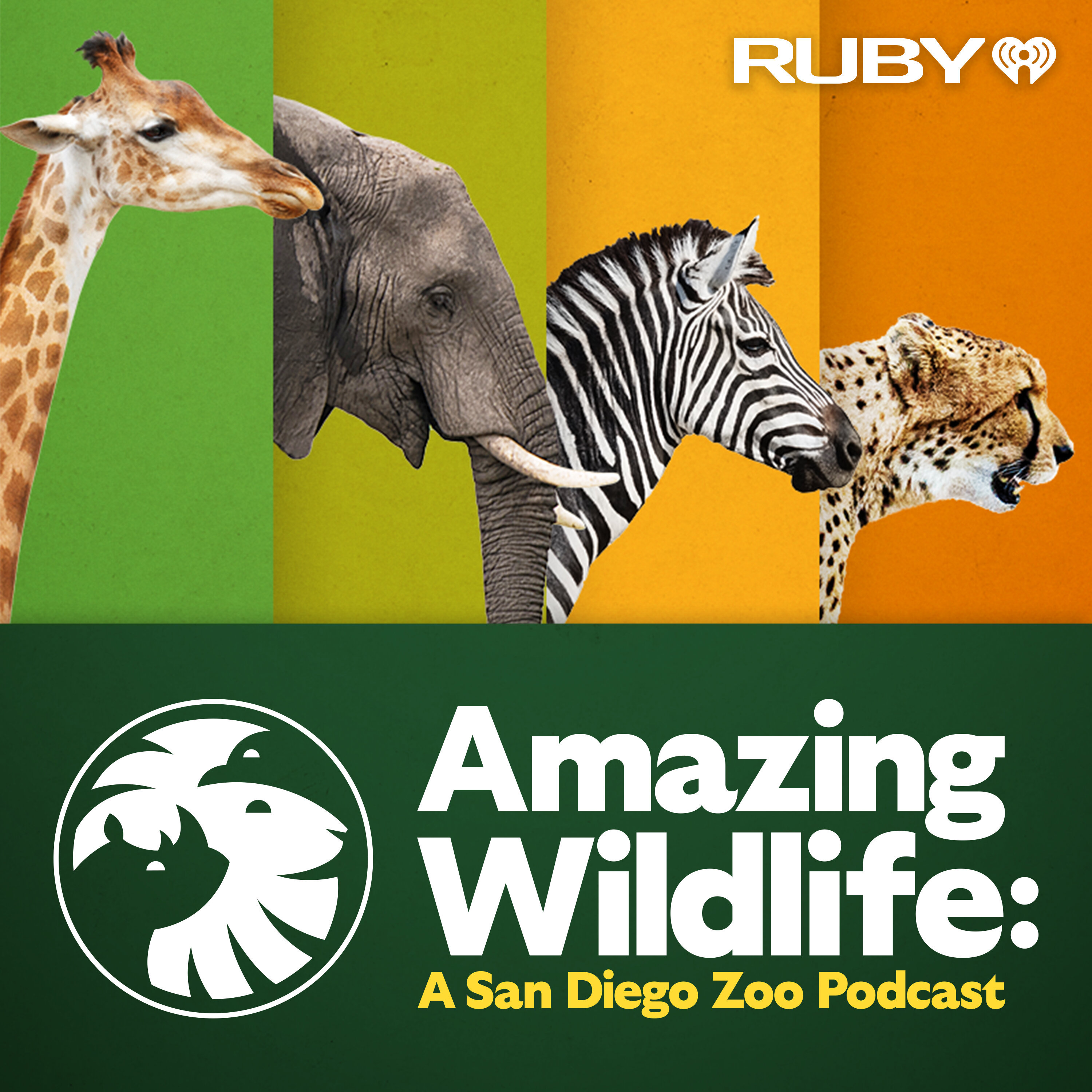
Amazing Wildlife: A San Diego Zoo Podcast
iHeartPodcasts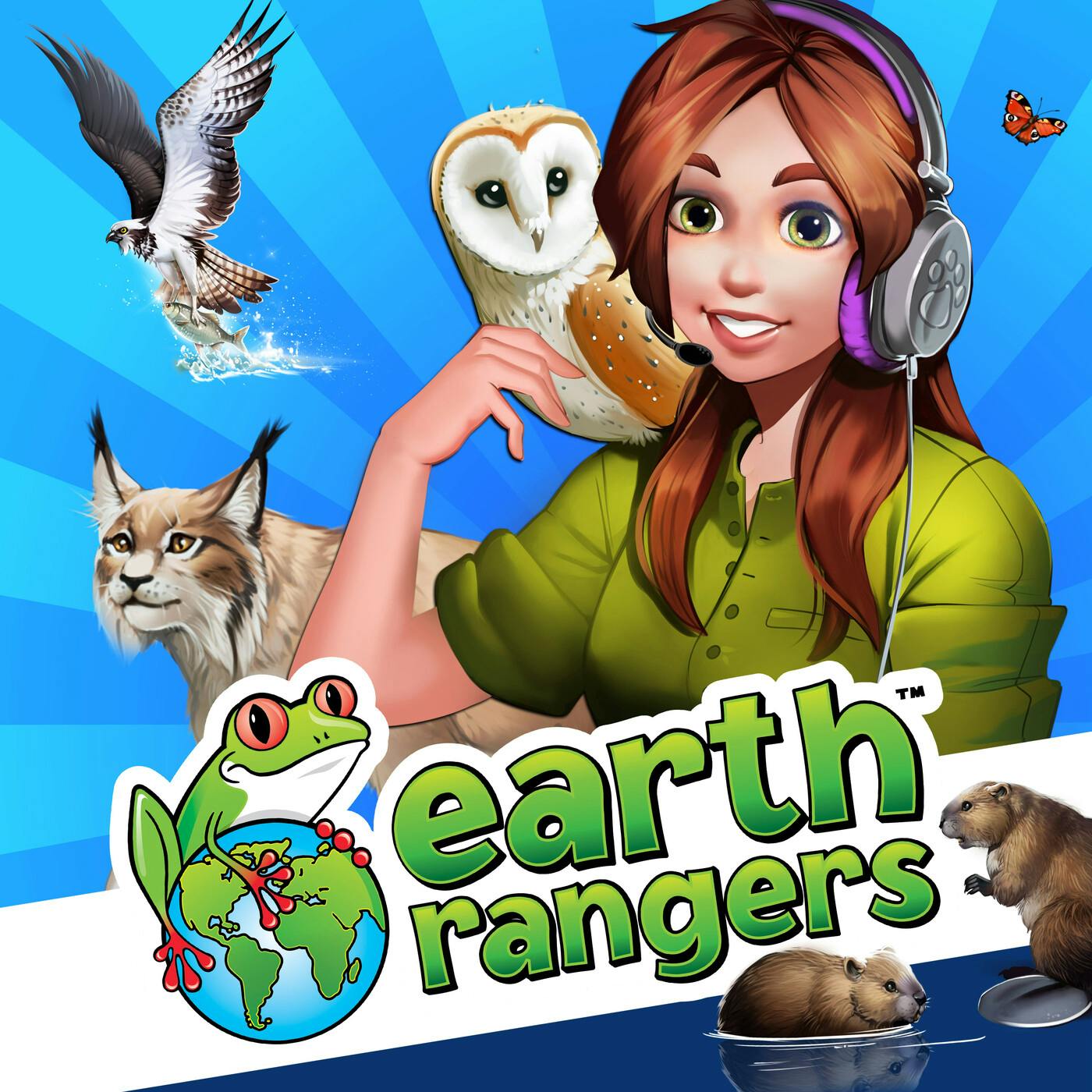
Earth Rangers
GZM Shows
Short Wave
NPR
Unexplainable
Vox
Science Friday
Science Friday and WNYC Studios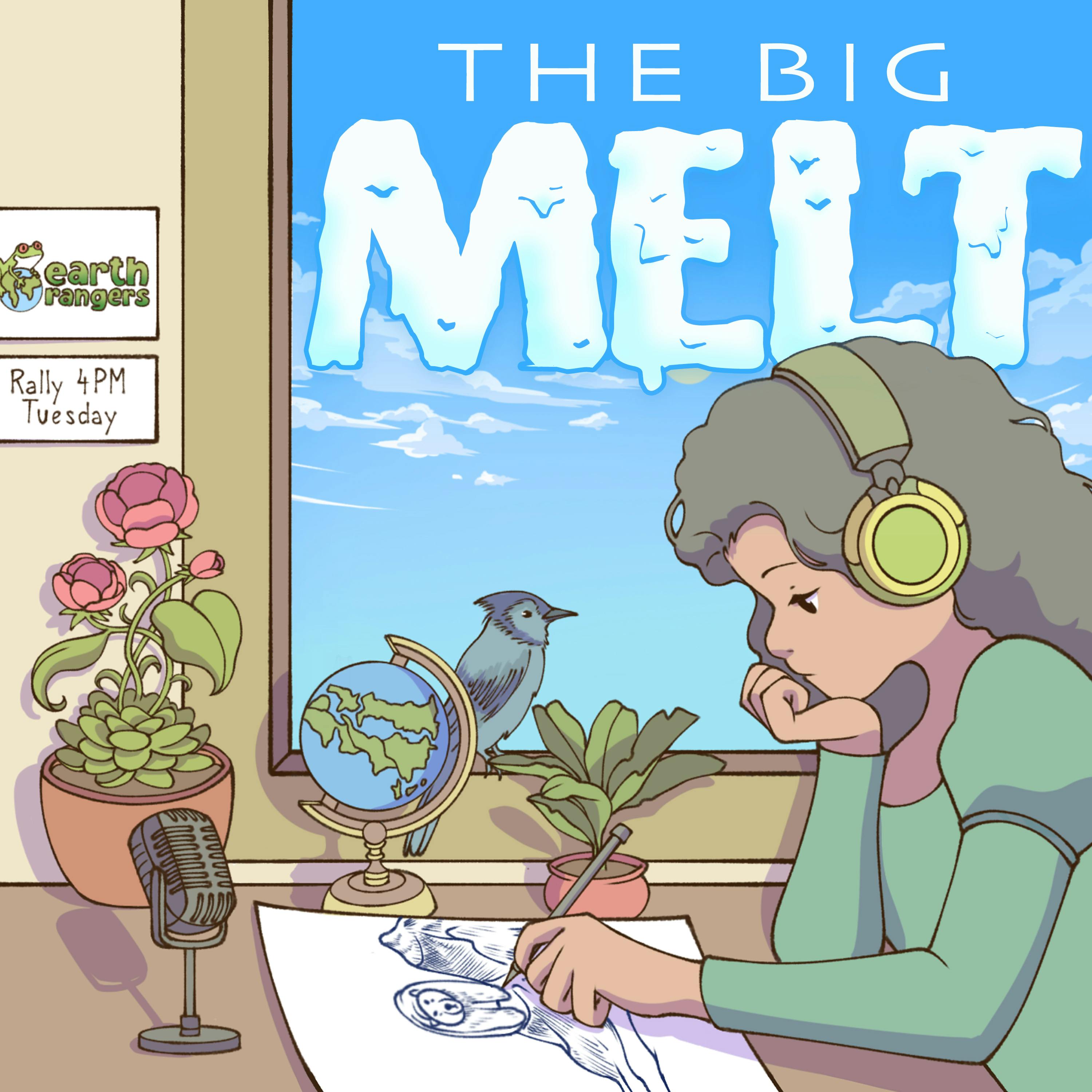
The Big Melt
Gen-Z Media
How Wild
NPR
Six Minutes
GZM Shows
Radiolab
WNYC Studios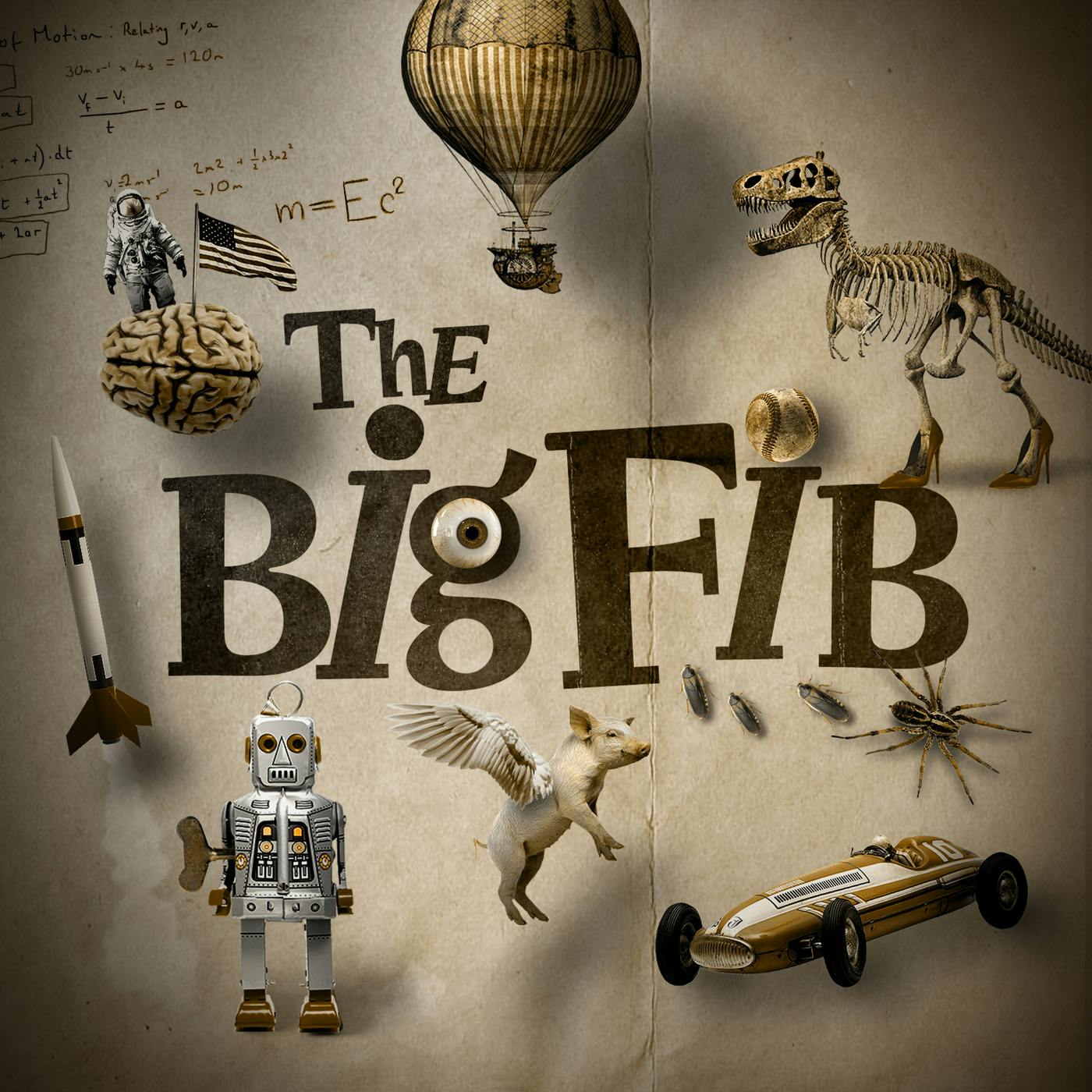
The Big Fib
GZM Shows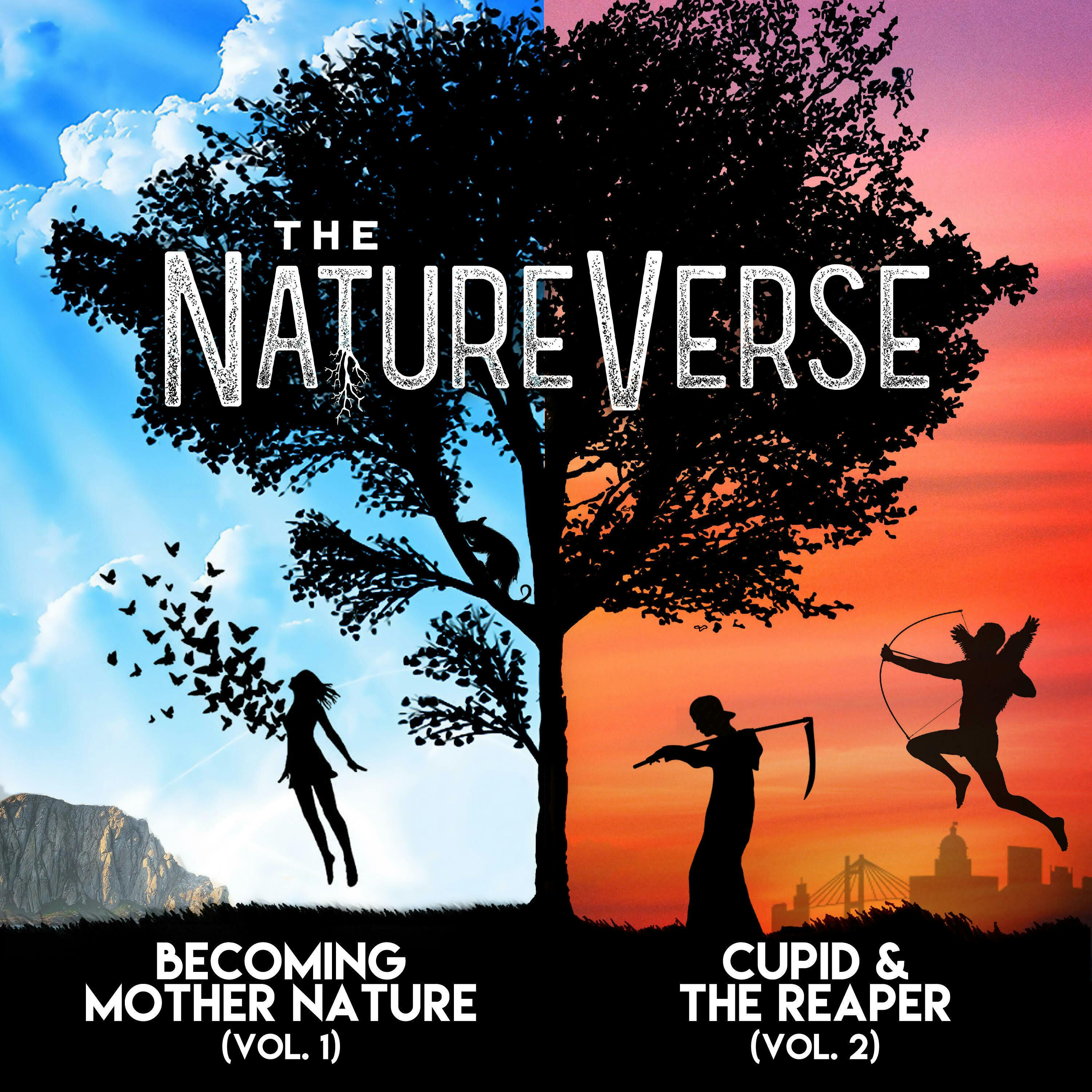
The Natureverse: Becoming Mother Nature
GZM ShowsThe Show About Science
Nate | The Company Making Podcasts
Tai Asks Why
CBCCool Facts About Animals
Cool Facts About Animals Podcast

